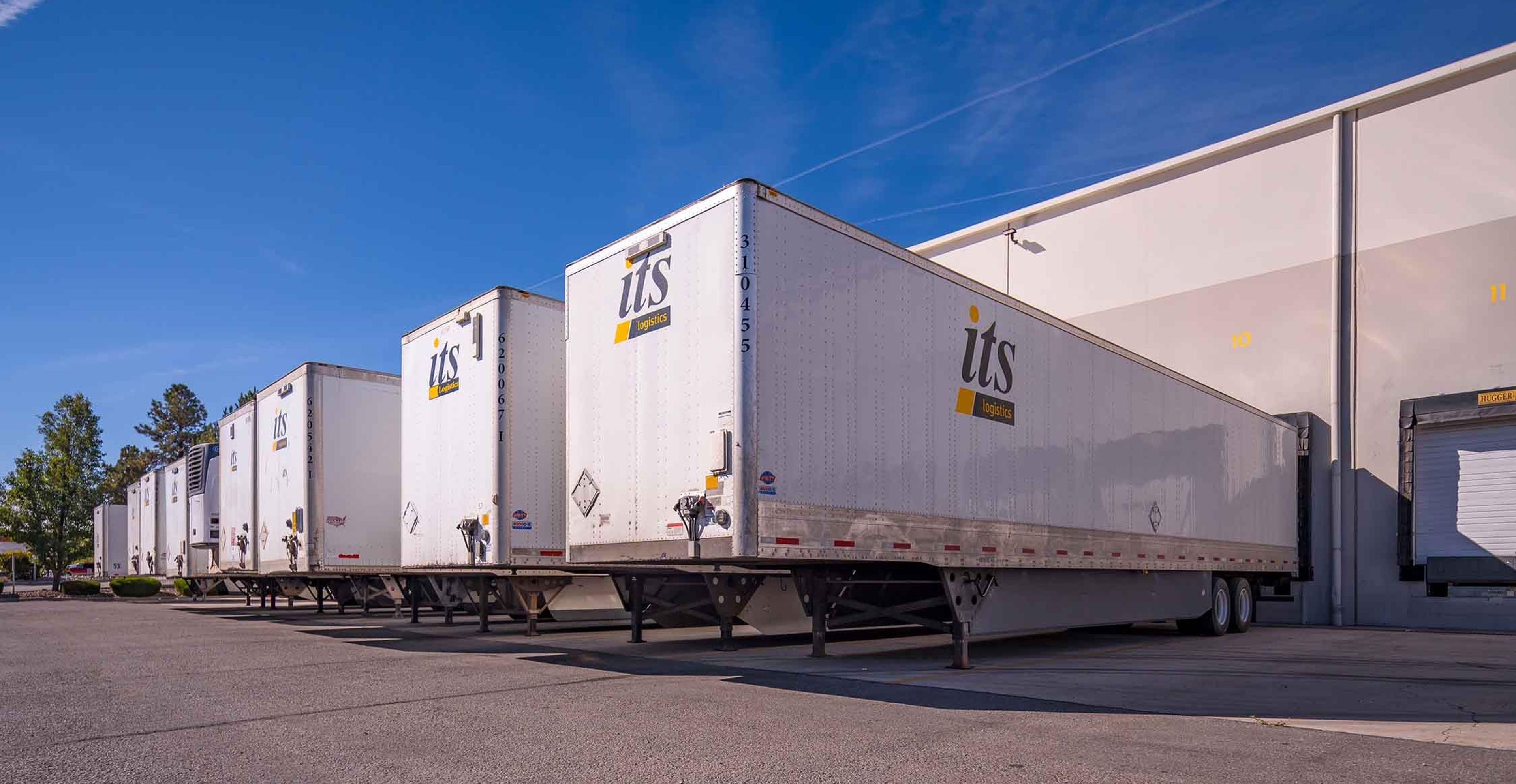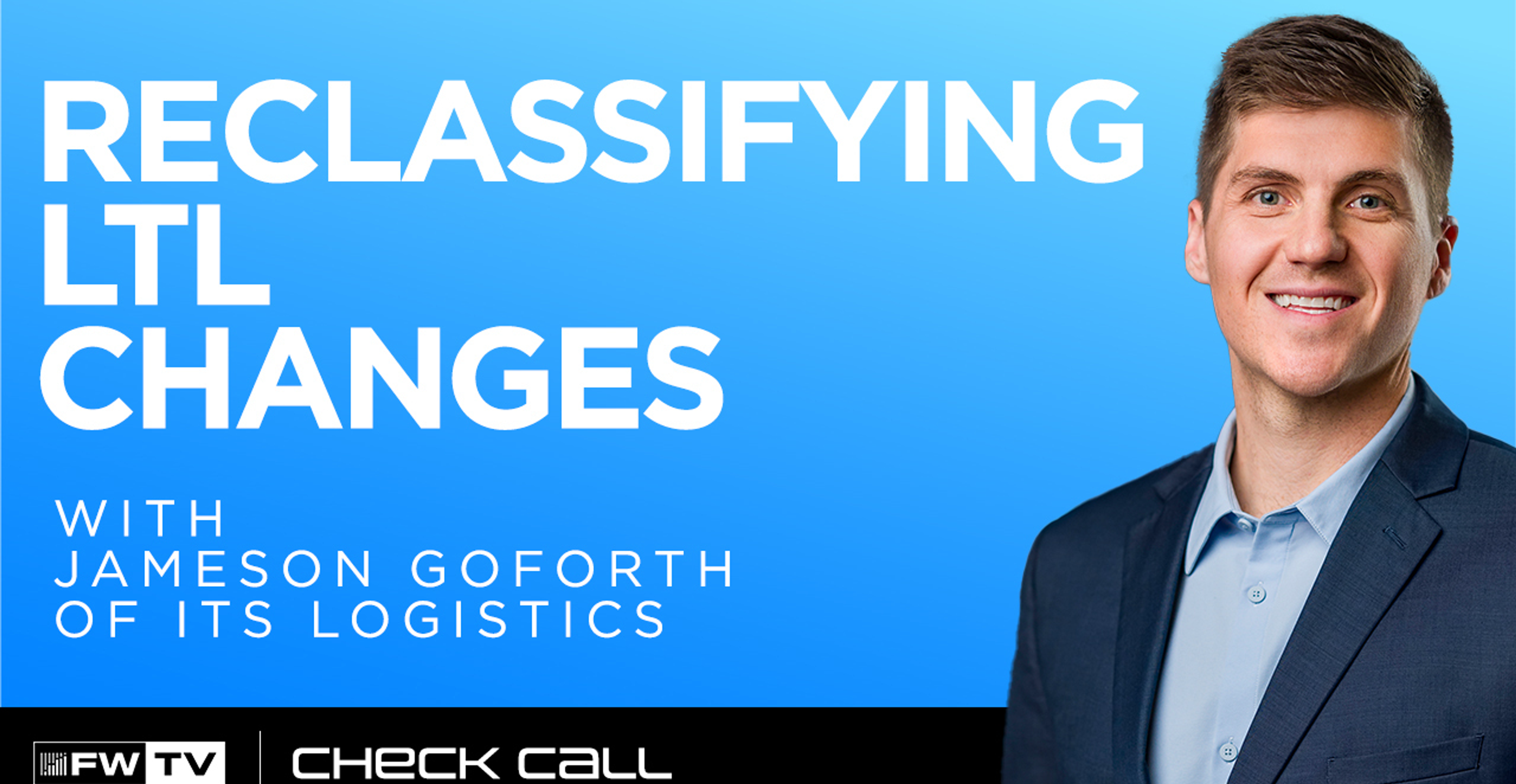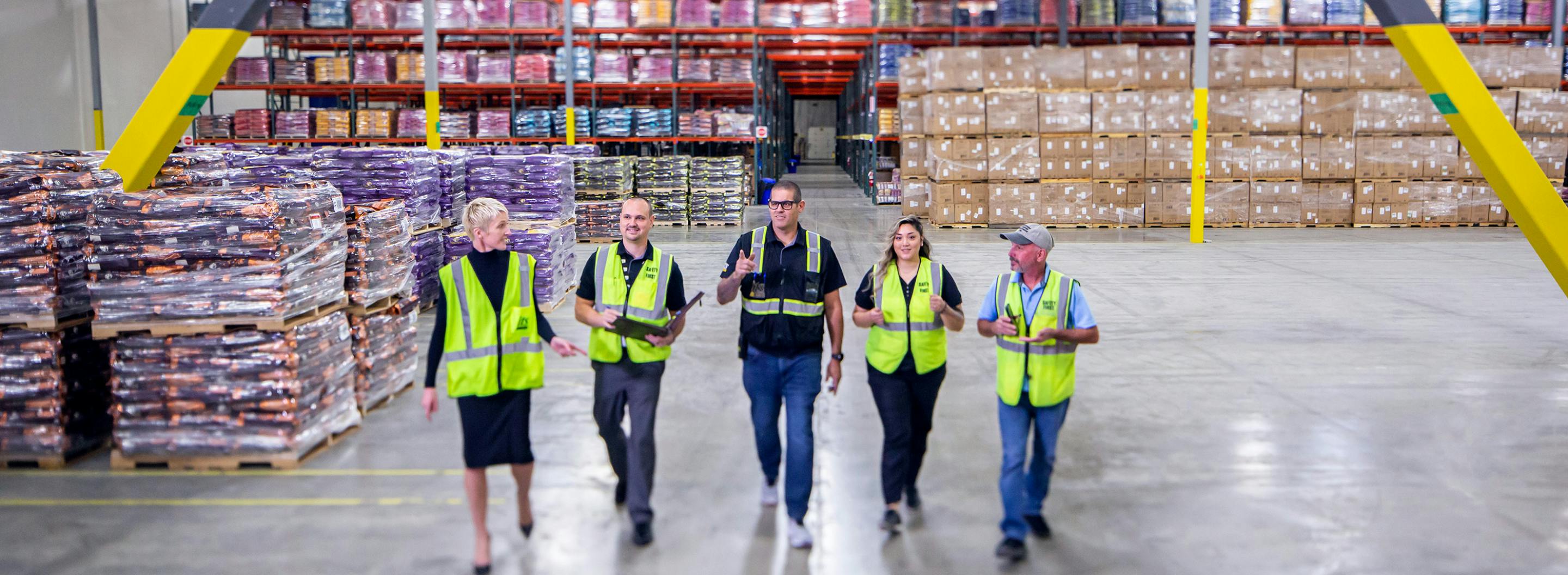IN THE NEWS: Borderlands Mexico—US apparel importers scrambling after Mexico imposes tariffs

FreightWaves
January 12, 2025
Noi Mahoney
FROM THE ARTICLE: Many U.S. retailers are having to rethink their sourcing and fulfillment strategies after the Mexican government announced increased tariffs on textiles and finished apparel products.
The tariffs, announced Dec. 19, are protective measures for the Mexican textile industry, designed to reduce the impact of low-cost apparel imports from China, Mexican authorities said.
“No one knows what to do. That’s the key piece. Everyone is exploring options right now,” Ryan Martin, President of Distribution and Fulfillment at ITS Logistics, told FreightWaves in an interview. “I spoke with one of our major real estate brokers, and he’s saying that their leads inquiries went up an exponential percentage. Everyone is inquiring right now; they’re gathering all their information.”
Reno, Nevada-based ITS Logistics is 3PL providing end-to-end supply chain management and logistics services to businesses nationwide. It has 3.7 million square feet of distribution and fulfillment space in Texas, Nevada and Indiana.
The tariffs increased by 15% for textiles and up to 35% for finished apparel products entering Mexico. Along with being protective measures, the increased duties target cheaper imports from China, Mexican authorities said.
E-commerce brands have been using the de minimis provision of Section 321, which allows importers to avoid customs duties on shipments valued at $800 or less by importing goods from China into Mexico before shipping them to the United States.
...
Martin said companies looking to shift their supply chains need to first consider where they are sourcing goods from. “It goes all the way back to your sourcing strategy. Where are you sourcing it from? You don’t want to just spin up new manufacturers, because you don’t know the capability and all the pieces that go into that ocean capacity, if it’s going to be ocean,” Martin said. “So it’s a substantial undertaking, especially if you’re a decent-sized shipper. If you’re a smaller shipper, you could probably pivot pretty simply, pretty quickly.”
For larger shippers that manufacture and transport millions of units that need to be imported into the U.S., the key is understanding where the customer base is located, Martin said.
“If this is more or less a set-up for an e-commerce fulfillment, you really have to understand where your customer base is, and you have to understand how many nodes do I need? Do I just want to be centralized? What are my parcel costs going to look like – all those types of things, because the parcel markets are also a little bit in flux and chaos,” Martin said.
As a potential tariff war could impact shippers in 2025, he said the key for companies is looking for cost-effective strategies to transport their goods.
“You have to understand your SKU [stock keeping unit] base. You have to understand your parcel rates. You have to understand where your customers are, and the type of order profile you have,” Martin said. You have that good understanding upfront before you ask, ‘Am I going to take this in-house?’ If you have never done in-house fulfillment, then I would definitely go outside and outsource to a 3PL and don’t just play the rates.”
He said sometimes the lowest rate might not give companies the results they are looking for. “That’s what a lot of people do. They just look at rates and they make a decision based on rate. You have to make a decision based on the provider, the culture of the provider, how they’re going to take care of you, because in the end, if you go to the wrong provider, they could destroy your business,” Martin said.



